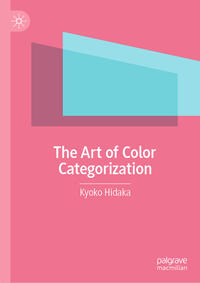
From Newton's prism spectroscopy to modern color science, the study of color has been rooted in the categorization of colors. Building upon this foundation, this book aims to explore the rich and varied examples of color theory through two basic concepts: categorizing colors themselves and categorizing things by color. How have different cultures drawn the line between colors, and why? What do these divisions reveal about color naming, standards, environments, and sensory perceptions? The book delves into these questions, shedding light on how color categorization has shaped our world. Through this exploration of color theory, the author also hopes to draw attention to the potential parallels between Western color classifications and the logic of racism. By examining various theories on color classification standards, the author seeks to unravel this complex issue and encourage readers to reflect on how our understanding of color and categorization can impact our social and cultural attitudes.